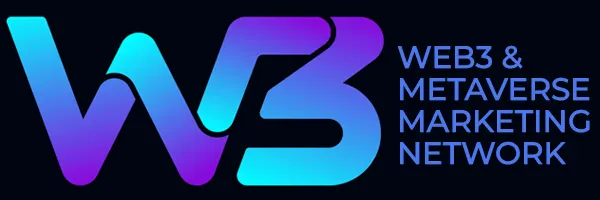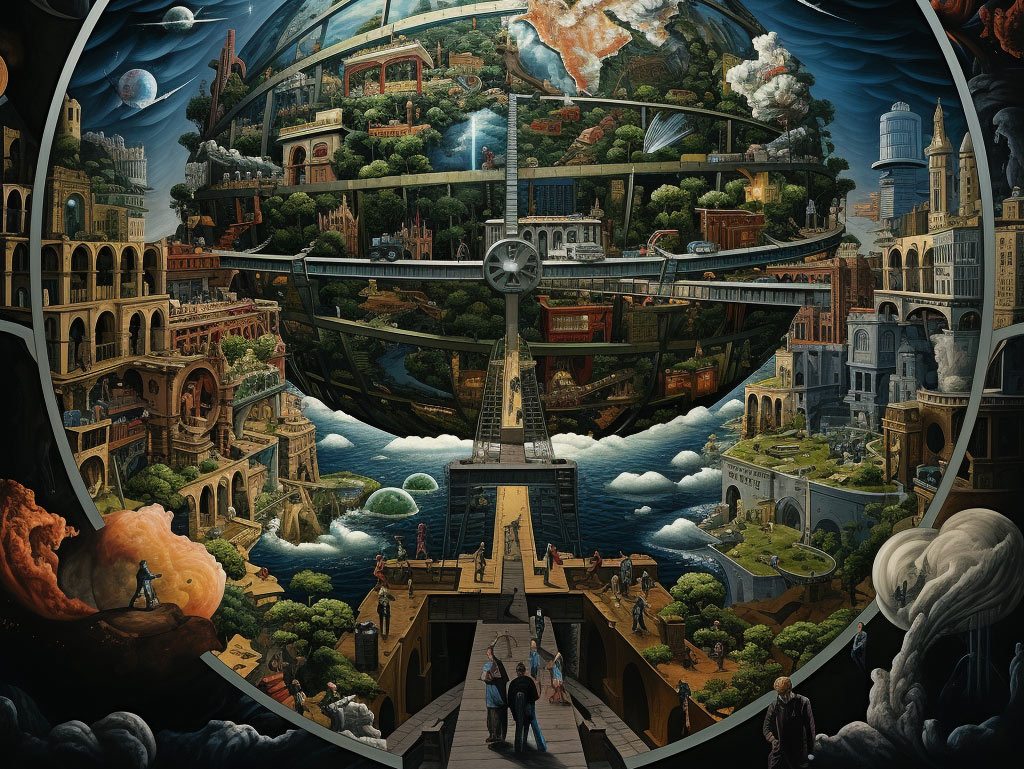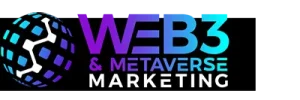Demystifying the Terminology
The rise of decentralized technologies has taken the world by storm, leaving even the most tech-savvy individuals in a maze of intricate jargon and evolving terminology. Among the most debated terms are “Web3” and “Web 3.0.” While these terms may seem interchangeable at first glance, understanding the nuanced differences can help you navigate this intricate landscape with greater ease. This article aims to clarify the usage of these terms so that whether you’re a seasoned Web3 developer or a newbie, you can speak with clarity and authority.
What is Web3?
Web3 is shorthand for Web 3.0, but it’s also so much more. In the decentralized world, Web3 often refers specifically to a new paradigm for applications on the internet. It signifies a new way of building and using applications that are transparent, user-focused, and run on decentralized networks like blockchain. Web3 allows for decentralized finance (DeFi), decentralized autonomous organizations (DAOs), and much more.
Key Features of Web3:
- : Eliminates single points of failure and control.
Decentralization | ||
Transparency | ||
Interoperability | ||
#metaversemarketing #web3marketing #bombpop #roblox #metaverse #immersiveexperiences #metaverseexperiences
• : Publicly verifiable transactions and code.
• : Various decentralized networks and tokens can interact with each other.
• : Users own their data, identities, transactions, and interactions.
| User Control |
What is Web 3.0?
On the other hand, Web 3.0 is often used to describe a more evolved version of the web that may or may not include decentralization. It can encompass a wide range of new technologies like machine learning, semantic web, and natural language processing. Web 3.0 is often described as the “Semantic Web” where machines will be able to read and understand data just like humans do.
Key Features of Web 3.0
Machines can understand context and meaning.
| Semantic Web |
| AI and Machine Learning |
| 3D Graphics |
| Ubiquitous Connectivity |
Constant connectivity between devices and platforms.
Is One Term More Accurate Than the Other?
The term you use often depends on the context in which you’re operating. If you’re discussing technologies like Ethereum, smart contracts, or DeFi, then “Web3” is the more accurate term to use. If you’re talking about a future web that is more intelligent and understands context, “Web 3.0” might be more fitting.
Why Does it Matter?
Understanding the difference between these terms isn’t just a matter of semantics; it’s a matter of understanding the underlying technologies and ideologies that each term represents. Knowing these differences can help you better engage in discussions, make informed decisions, and even give you an edge in the job market.
Conclusion While Web3 and Web 3.0 are related, they each offer a different focus on what the future of the internet holds. Web3 is usually more specific to the decentralized technologies like blockchain, whereas Web 3.0 casts a wider net, involving machine learning, AI, and other advanced technologies. So, the next time you find yourself in a conversation about the future of the web, you’ll know exactly which term to use and why.
#Web3 #Web 3.0 #What is web 3.0 #What is web3 #Web 3.0 definition #Web3 definition #Web 3.0 meaning #Web3 meaning #Web 3.0 explained #Web3 explained #Difference web3 web 3.0










